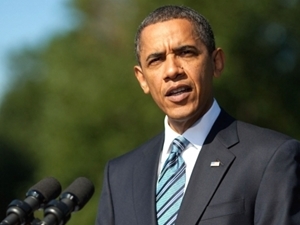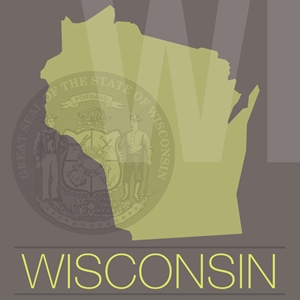
Though more people are getting covered thanks to the Affordable Care Act – more than 3 million people have selected plans through the federal exchange through Dec. 15, according to the U.S. Department of Health and Human Services – being covered is coming at a price, particularly among individuals who have health insurance through their employee benefits.
In 37 states, household are devoting 20 percent of their annual income toward health insurance costs, according to newly released data from the nonprofit organization The Commonwealth Fund. A decade ago, just 4 percent of state residents were putting $1 in every $5 toward the cost of health care.
The study, titled "State Trends in the Cost of Employer Health Insurance," used federal health coverage data spanning between 2003 and 2013 from all 50 states. Researchers from The Commonwealth Fund found that in each state over that 10-year period, health insurance costs rose faster than incomes, with the biggest increase evident in the South.
Sara Collins, co-author of the report and Commonwealth Fund vice president, noted that one positive issue to take away from the study is that the rise in costs moderated.
"Growth in employer premiums and deductibles slowed in many states after passage of the Affordable Care Act," said Collins. "However, slow wage growth means working families in every state are being squeezed by health care costs."
The most substantial slowdown in premium growth was found in Arizona, Delaware, Florida, Louisiana, Maine, Nebraska, Rhode Island, Virginia and four others states. Meanwhile, in places like West Virginia, Maryland, Indiana and Colorado, premiums grew by 6 percent or more, the report revealed.
"This report shows that national patterns of growing health cost burdens on workers are mirrored in every state," said David Blumenthal, the nonprofit group's president. "Out-of-pocket costs are up in most states and incomes are not keeping pace."
He added that even though more people may be covered, higher costs are concerning, as some people who need to be seen by a doctor may opt to go without it in order to avoid the financial expense.
The authors indicated that the best way to keep premium growth under control is by a united effort from both the public and private sectors. Additionally, legislators need to pursue reforms to the system to help keep health care costs affordable.
Most exchange customers eligible for financial assistance, HHS advises
HHS says that one of the best ways people who aren't covered can rein in their health care costs is by pursuing a plan through HealthCare.gov. Nearly 90 percent of people who have selected plans via the federal health marketplace as of Dec. 15 has been eligible for financial financial assistance from the government, helping to bring their premiums into more affordable territory.
Sylvia Burwell, HHS secretary, indicated that this has made a huge difference for millions of people, enabling them to get the health insurance they need without it being a financial impediment.
"Interest in the marketplace has been strong during the first month of open enrollment," said Burwell. "We still have a ways to go and a lot of work to do before Feb. 15, but this is an encouraging start."
Thirty-six states direct residents to HealthCare.gov in order to purchase insurance if they don't already have employee benefits. Fourteen states have set up their own exchanges. Of these, 600,000 consumers have selected plans for 2015, HHS reported. More than 161,750 were from California and New York alone.
Through the first month of open enrollment, of the 3.4 million who selected plans through the federal exchange website, nearly 50 percent were reenrollments, HHS pointed out.





